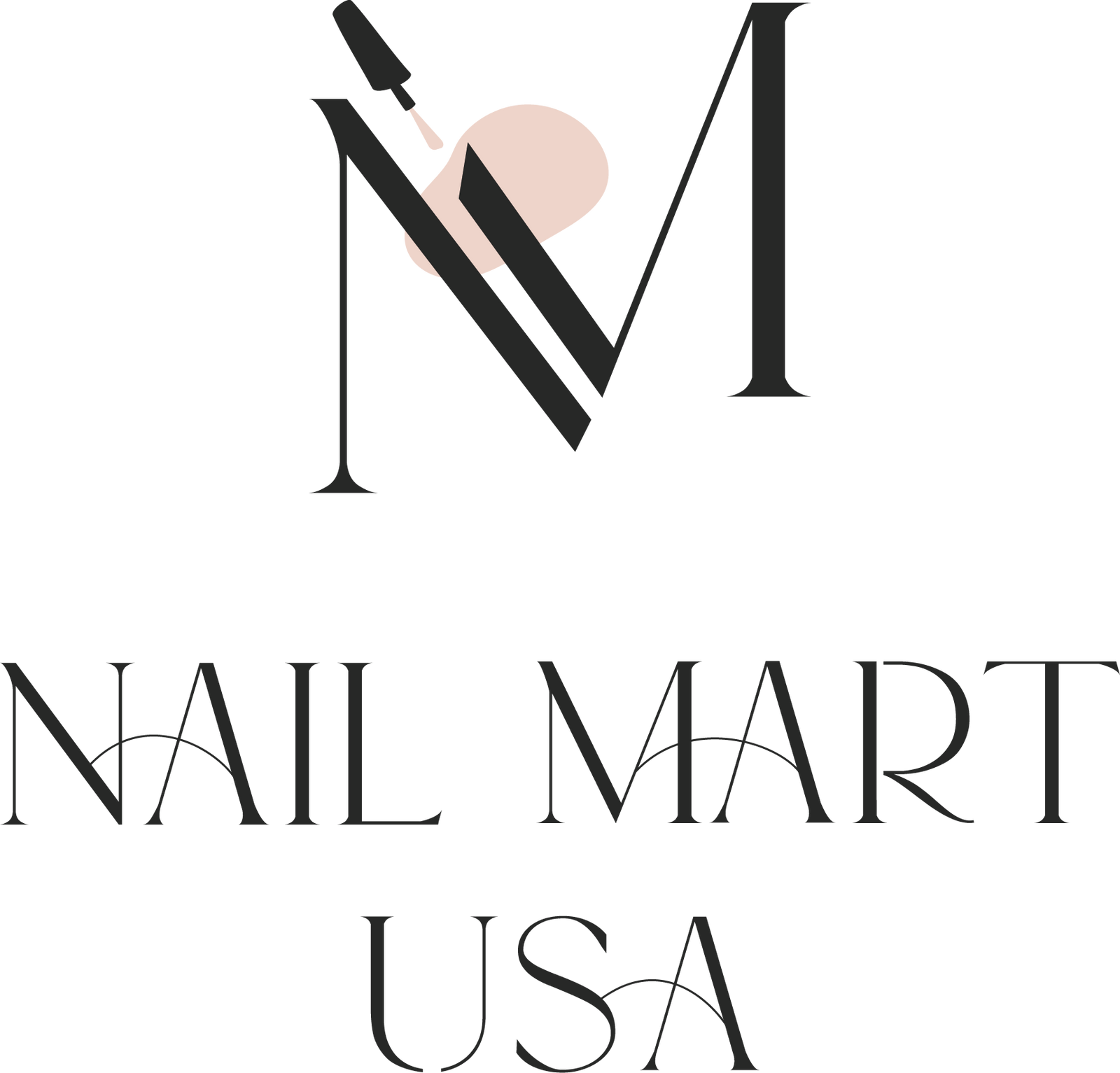

Lowest Price, Guaranteed – If you find it for less, we’ll match it! 💲
by Brittany Plotnikov October 16, 2025
What Is a UV Filter in a Top Coat?
A UV filter (or UV absorber) is a compound added to the formula that absorbs or blocks certain ultraviolet light wavelengths. Its main job: protecting the pigments and finish from UV damage, which can cause yellowing, fading, or color shifts over time.
Many light or white shades are more prone to yellowing under UV exposure.
UV filters help the manicure stay truer to color and maintain high gloss under sunlight. Nailspiracy+2NSI Nails+2
However, UV filtering layers may interact with how pigments or photoinitiators in the gel system respond to light.
UV-Filter vs. Non-UV Top Coats: Pros and Cons
UV-Filter Top Coats — Strengths & Trade-Offs
Pros:
Better protection against yellowing or discoloration (especially on whites, pastels, translucent shades).
Helps maintain vibrancy under sun exposure or UV-rich environments (e.g. outdoors).
Can act as an extra shield over less stable underlying gels or pigments.
Many mainstream top-coats include some UV filters by default. Pink Gellac+1
Cons or caveats:
In some cases, UV filters may slightly alter clarity — e.g. making top coats a bit more “opaque” or with a faint tint (especially in very transparent or “crystal-clear” top coats).
Some dark or black shades may shift under UV-filtered top coats (bluer undertones) — in those cases, non-UV top coats are preferred. kristelnail.shop
If the filter is not well matched to the gel system, it might affect cure depth or gloss over time.
⚠️ Non-UV Top Coats — When They Shine
Pros:
Maximum transparency — no added tint or interference with pigment tones. Great for blacks, deep colors, chromes, or color shifts. (For example, some “top without filters” formulas are marketed to avoid bluing of black gels.) kristelnail.shop
If your pigment or gel system already has strong UV stability, the absence of an extra UV filter simplifies the chemistry (less chance of interference).
Less chance of unexpected chemical interactions or hazing caused by UV-absorbing additives.
Cons:
More vulnerable to yellowing or fading, especially in lighter or pastel shades, or when nails are frequently exposed to sun.
Doesn’t offer that extra layer of color protection, so pigment integrity relies entirely on the underlying gel and pigment stability.
When to Use Which — Practical Scenarios
Situation / Nail Color Top Coat Type Why
White, ivory, pastels, or gel powders UV-filter top coat Helps resist yellowing or dulling from UV exposure
Black, dark tones, chromes, neons Non-UV top coat Avoid unwanted tone shifts (e.g. blue cast)
Outdoor clients, strong sun exposure UV-filter Adds a layer of protection for color stability
Minimalist clear or “crystal” designs Non-UV Maximizes clarity and purity of transparency
Brand/new gel system with known UV stability Either — based on testing If your pigments are stable, both can work, but test for long-term wear
How to Spot UV / Non-UV on Product Labels
To help your techs, buyers, or clients recognize UV-filter vs non-UV top coats, watch for:
Terms like “UV filter,” “UV absorber,” “UV protection,” or “anti-yellowing” on the label or SDS.
Marketing claims: “Protects against discoloration,” “UV shield,” “prevents yellowing” — these signal UV filtering.
Alternatively, some brands explicitly call “no UV filters / without UV filters” especially for dark color lines. kristelnail.shop
Pay attention to clarity — very crystal-clear or “no tint” claims often indicate non-UV or minimal filter formulations.
Ask manufacturers about the exact UV filter (which molecule) and how it interacts with their pigment and photoinitiator systems.
Comments will be approved before showing up.

Brittany Plotnikov
Author